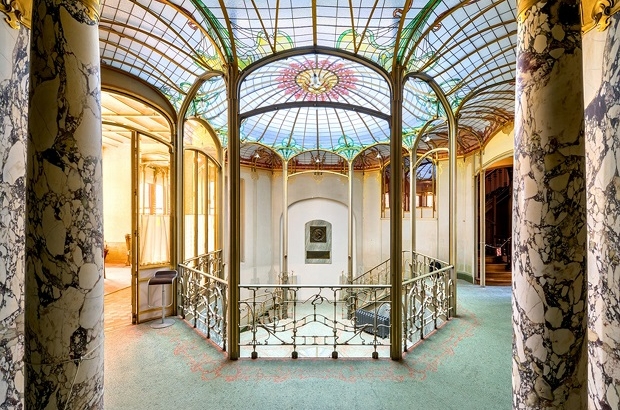- Daily & Weekly newsletters
- Buy & download The Bulletin
- Comment on our articles
Style capital: New look for Brussels Art Nouveau & Art Deco festival Banad, 9 to 24 March
Following a year-long spotlight on Art Nouveau in 2023, the annual Banad Festival returns this spring with a new stylistically distinct programme from 9 to 24 March.
Staged over successive weekends, activities will be divided for the first time between Art Nouveau and Art Deco styles along with a touch of Modernism.
Some 60 architectural gems are opening their doors for this 8th edition; as ever it's an opportunity to sneak a peek into interiors that are habitually off limits.
As well as interior visits, guided tours are offered in several languages and available on foot or by bike. Inclusive activities provide tours for people with reduced mobility and mental difficulties. Reservations open on 6 February at 14.00.
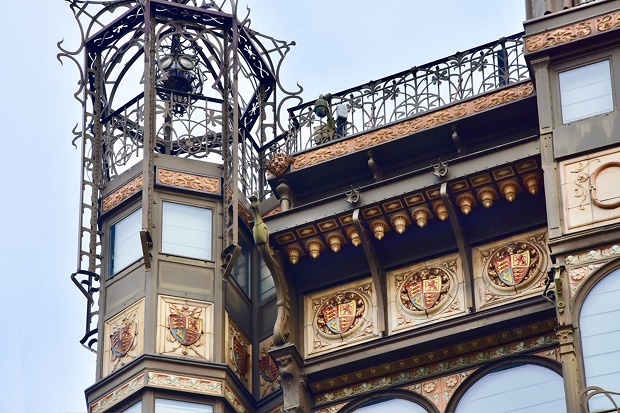
The internationally-renowned festival showcases Brussels’ rich architectural heritage from this innovative period that flourished from the 1890s until the 1930s.
Banad’s dense programme is divided into distinct geographical zones and specific themes. It presents Art Nouveau and Art Deco architecture and design in private homes, schools and other public buildings.
While classic and familiar architectural delights like the Hôtels Solvay, Tassel, Hannon and Max Hallet all feature, seven new sites are opening their inteiors. These include five residential houses, Koekelberg’s town hall and the former Pathé Palace cinema.
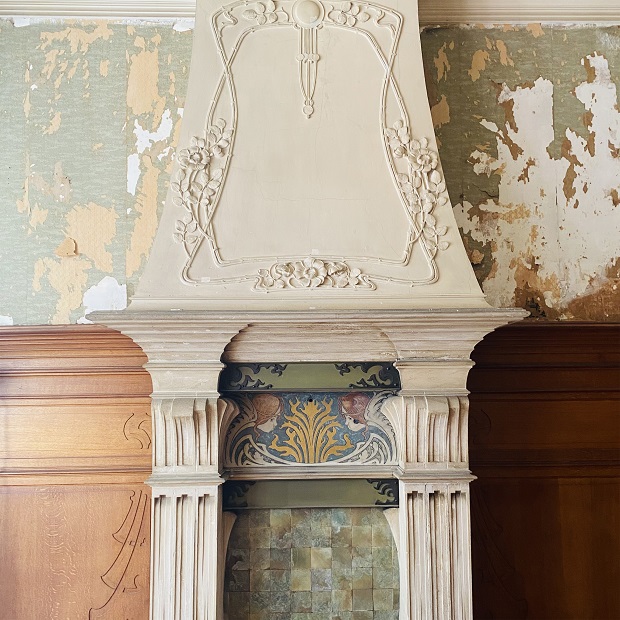
Among these new additions is the Art Nouveau Maison Roosenboom (pictured) in Ixelles (9 & 10 March), a house that had been abandoned for many years before being acquired by a couple who are currently in the process of restoring it.
“The varnishing and woodwork are finished, but the decorations are not yet finalised,” said Sandrine Mossiat, project manager of Explore.Brussels, the guided tour network that organises the Banad. “This shows that heritage lives and that we can reappropriate it from year to year with a different perspective,” she pointed out.
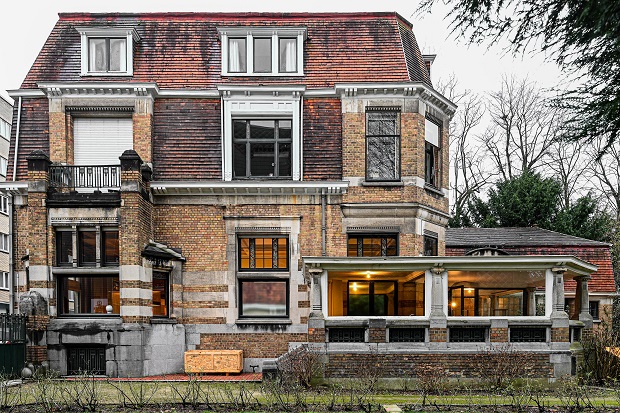
Another new building throwing open its doors during the festival is the Danckaert Hôtel (pictured) in Forest (9 March). Despite being victim of a large real estate project, one of the notable features of the Art Deco interior is an innovative wood veneer technique that was imported from the US in 1922.
An example of Modernism can be found in the sober facade of Maison Winnens in Schaerbeek (24 March). Built in 1928, its minimalist exterior contrasts with the well-preserved Art Deco interior.
The festival also boasts talks, exhibitions and a popular object fair and restoration salon on 23 and 24 March, combined with a valuation day attended by experts on the Sunday.
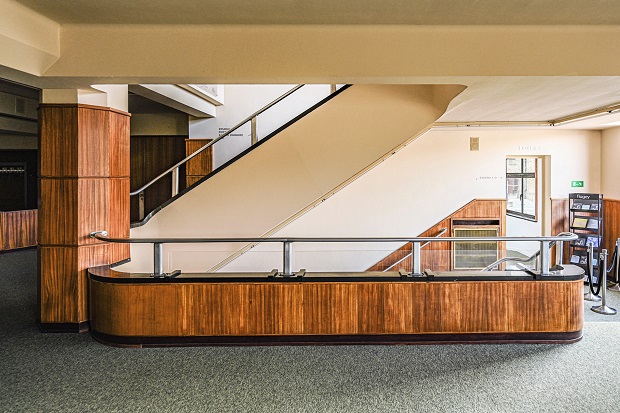
As an architect and art historian, Banad’s new programme and communication director Amaury De Smet was keen to refresh the festival. “I wanted to bring some structure, differentiating between the two architectural styles, focusing on geographical zones and introducing some special themes.”
The reason why Modernism (pictured above - Flagey interior) has been introduced to the programme is because it’s often difficult to separate from Art Deco; the different movements overlapped as technology and tastes advanced. “The industrial revolution is behind these styles; steel brought new structures, which translated into Art Nouveau architecture and after World War One, concrete brought Art Deco with ornament and Art Deco without ornament.”
While Modernism reflected a more political and radical stance, it wasn’t always easy for architects to find clients in the 1930s willing to commit to its more functional approach. De Smet cites Schaerbeek’s Maison Winnens as an example of a “fantastic” modernist exterior, but with “a very specific Art Deco interior”.
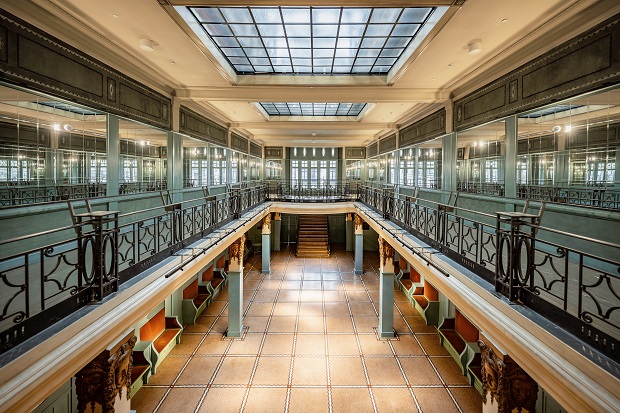
Greta Horgen has been assisting Explore.Brussels in finding new architectural treasures for Banad’s interior visit programme. “We help convince some owners to open for visits as they can be hesitant,” she explained.
The Norwegian expat started volunteering with the organisation after retiring during the pandemic. She initially lent a hand with logistics before moving into prospecting and heartily recommends the experience. “It’s a great area to work in and the team is very friendly.”
Explore.Brussels is currently seeking students for paid reception positions during the festival. French, Dutch and English language skills are required. Contact info@explore.brussels.
Photos: (main image) Hotel Van Eetvelde ©Luc Viatour; Old England - Admirables Facades; Maison Roosenboom - Sandrine Mossiat; Hotel Danckaert - Endre Sebok; INR Flagey - Endre Sebok; Ancien Cinema Path‚ Palace - Endre Sebok;










